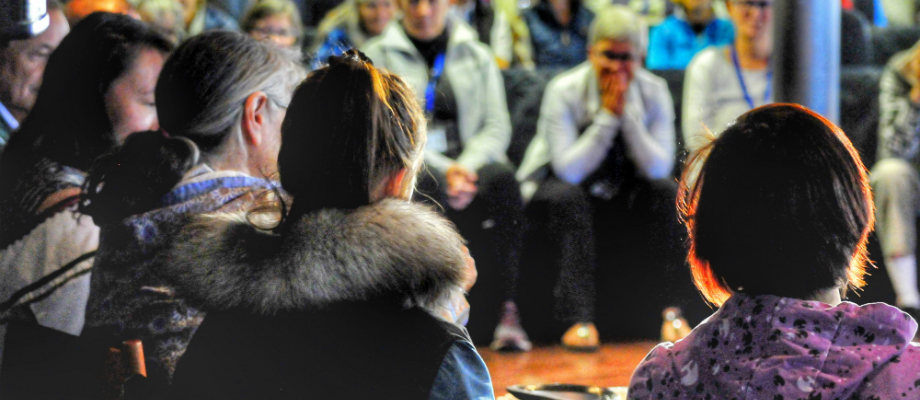 Leadership
Leadership
A Circumpolar Adventure
November 2019
Guest post by: Jessica Winters
Now that I’m back on solid ground, I’m convinced my 2 months on board the Ocean Endeavor occurred in an alternate universe. It really feels like a dream. At our staff orientation in Toronto, Jason told us this work is equivalent to jumping on a treadmill that’s already running – this is a pretty accurate description.
My first visit into a Canadian Arctic community was to Mittimatalik/Pond Inlet. This year, Pond Inlet has welcomed 17 cruise ships – they have uniquely and effectively developed their tourism experience making it a top destination within the Qikiqtani Region. As a result of the increased cruise ship traffic throughout the north, trailblazing communities like Mittimatalik have enforced service fees for cruise ships that provide the community and the Qiqiktani Inuit Association the capacity to hire and compensate visitor experience coordinators, guides and interpreters – this is a model I hope to explore further in my upcoming report for the Nunatsiavut Department of Language, Culture and Tourism.
On board we had guests from a variety of different backgrounds – some of which were journalists. I had a lot of interesting conversations with the journalists surrounding eco-tourism, the pros and cons of cruise ships visiting Inuit communities and so forth. Given my job to research these factors, the bottom-line of each conversation always was “so do you think it’s a good thing or a bad thing?” – and I always had the same answer: that’s for each community to decide. Both spectrums exist within Inuit Nunangat, the Clyde Rivers and the Pond Inlets, and I think it is possible we may see similar cases in Nunatsiavut if and when cruise ship visits become more frequent.
I found myself often weighing pros and cons against each other – surrounding tourism through the north, and also through the lens of my new role as a culturalist. Being a little too critical, I sometimes wonder if this work aligns with my own values, and I’ve decided that it’s all for a greater good. Escorting people through these historical, untouched landscapes, guided by principals that prioritize cultural sensitivity and respect for wildlife and the land provides guests with a greater understanding of arctic cultures and landscapes – and this is something I support!
Climate change is a topic impossible to avoid in this industry, but all Adventure Canada staff have an exceptional understanding of climate change beyond its tangible impacts and provide safe spaces for these discussions. As an Inuk, it is so refreshing to hear southerners and institutionally educated folks preach about concepts and values traditional to Inuit as environmental advocates. Inuit experience the south all the time, but the opportunity for southerners to experience the north in a respectable and educational matter is essentially non-existent, and even more rare is the opportunity for Inuit and non-inuit to discuss topics with a mutual understanding that “we see and operate differently, but I’d like to help you understand.” There’s a mikmaq term for this concept which essentially means learning and problem solving is done most efficiently when there is 50/50 contribution from indigenous and non-indigenous ways of knowing. This term is called two-eyed seeing and was introduced to me by John Houston of Kinngait/Cape Dorset. The connections I made with people from all over the world regarding Inuit self-sufficiency, reconciliation and conservation are the moments I remember best and are what made this position so rewarding for me.
I’d like to thank Adventure Canada and Nunatsiavut Government for creating this partnership, and Tradition & Transition for making it possible. I'd also like to thank all of my Inuit colleagues. I will forever cherish the support and teachings you generously offered me during our short time together. Nakummek.












